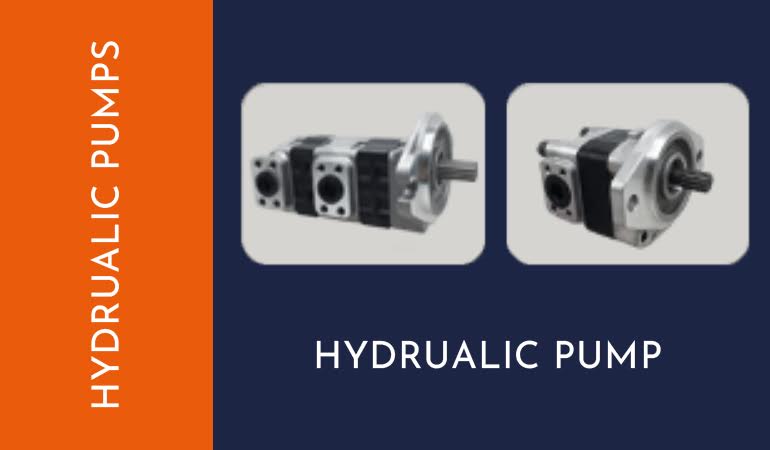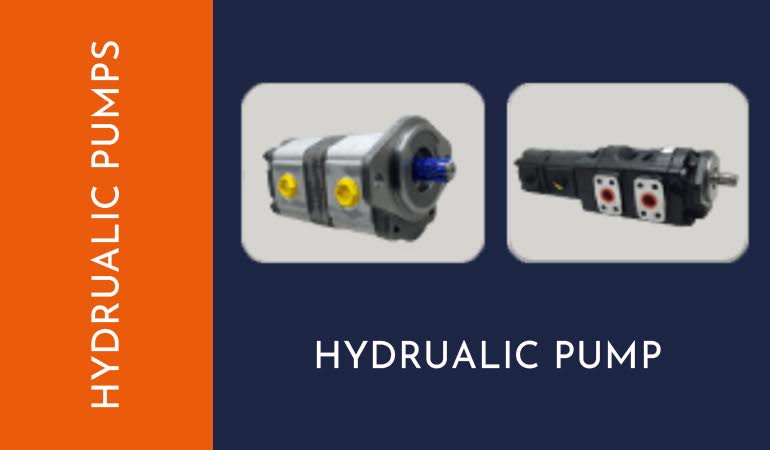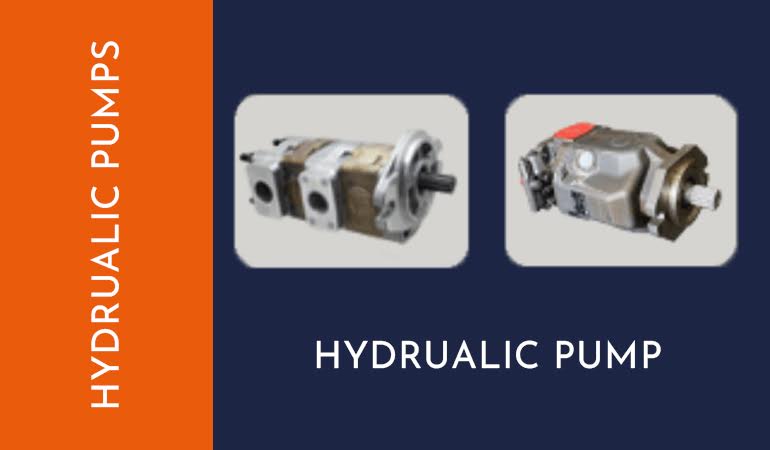1. Chisel (Tool Bit):
The chisel, or tool bit, is the business end of the hydraulic breaker. It's the part that makes direct contact with the material being broken. Chisels are made of high-strength steel and are designed for specific applications. They wear out over time and need to be replaced to maintain effective breaking performance.
2. Pistons and Cylinder Seals:
The piston inside the hydraulic breaker generates the hammering action. Over time, pistons can wear or get damaged. Cylinder seals are also critical components that prevent hydraulic fluid leaks and maintain the hydraulic pressure. Damaged pistons and seals can lead to decreased performance.
3. Front Head (Front Guide):
The front head supports the chisel and guides its movement during operation. It absorbs a significant amount of the impact force. Front heads are replaceable and are important for maintaining the alignment and efficiency of the breaker.
4. Diaphragm (Membrane) and Accumulators:
The diaphragm separates the hydraulic oil from the nitrogen gas in the accumulator, regulating the hydraulic pressure. Accumulators store energy and release it when needed for the impact. Damaged diaphragms or accumulators can affect the hydraulic system's efficiency and should be replaced.
5. Seal Kits:
Seal kits consist of various seals, o-rings, and gaskets that prevent hydraulic fluid leaks. They are crucial for maintaining the integrity of the hydraulic system. Regularly replacing seal kits during routine maintenance can prevent costly breakdowns.
6. Bushings and Pins:
Bushings and pins connect different components of the hydraulic breaker, allowing them to pivot and move. Over time, these parts can wear out and cause play in the breaker, affecting its performance. Replacing bushings and pins is necessary to maintain precision and efficiency.
7. Valves and Valve Bodies:
Control valves regulate the flow of hydraulic fluid, controlling the speed and force of the hammer blows. Damaged valves or valve bodies can result in improper functioning of the breaker.
8. Other Wear Parts:
Other wear parts include items like retaining pins, wear plates, and side bolts. These parts secure various components and protect the breaker from excessive wear.
Regular inspection, timely replacement of worn parts, and using genuine spare parts recommended by the manufacturer are essential practices to ensure the hydraulic breaker operates efficiently, maximizing its lifespan and minimizing downtime. Proper maintenance and using high-quality spare parts are crucial for the safety of the equipment and the operators.



